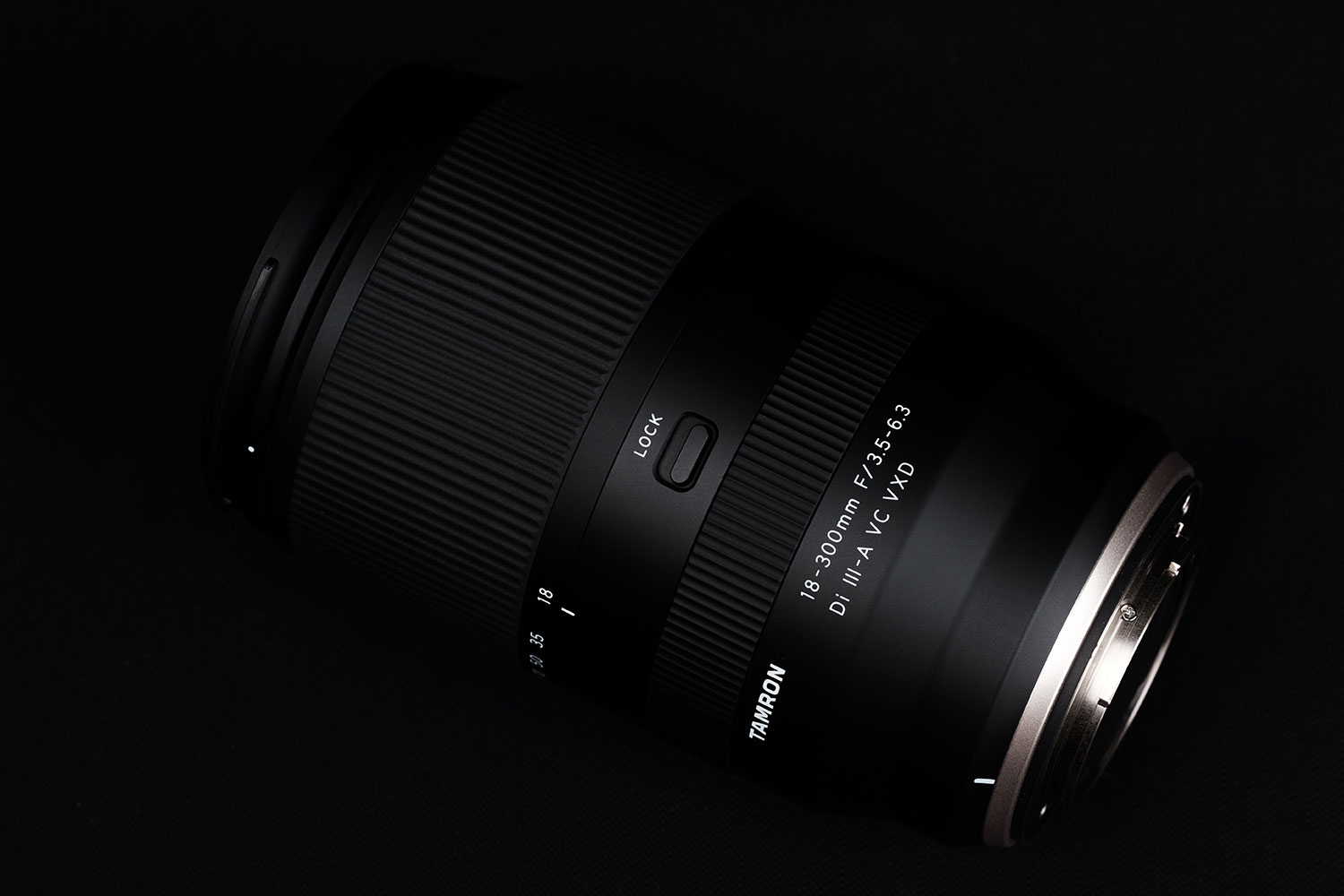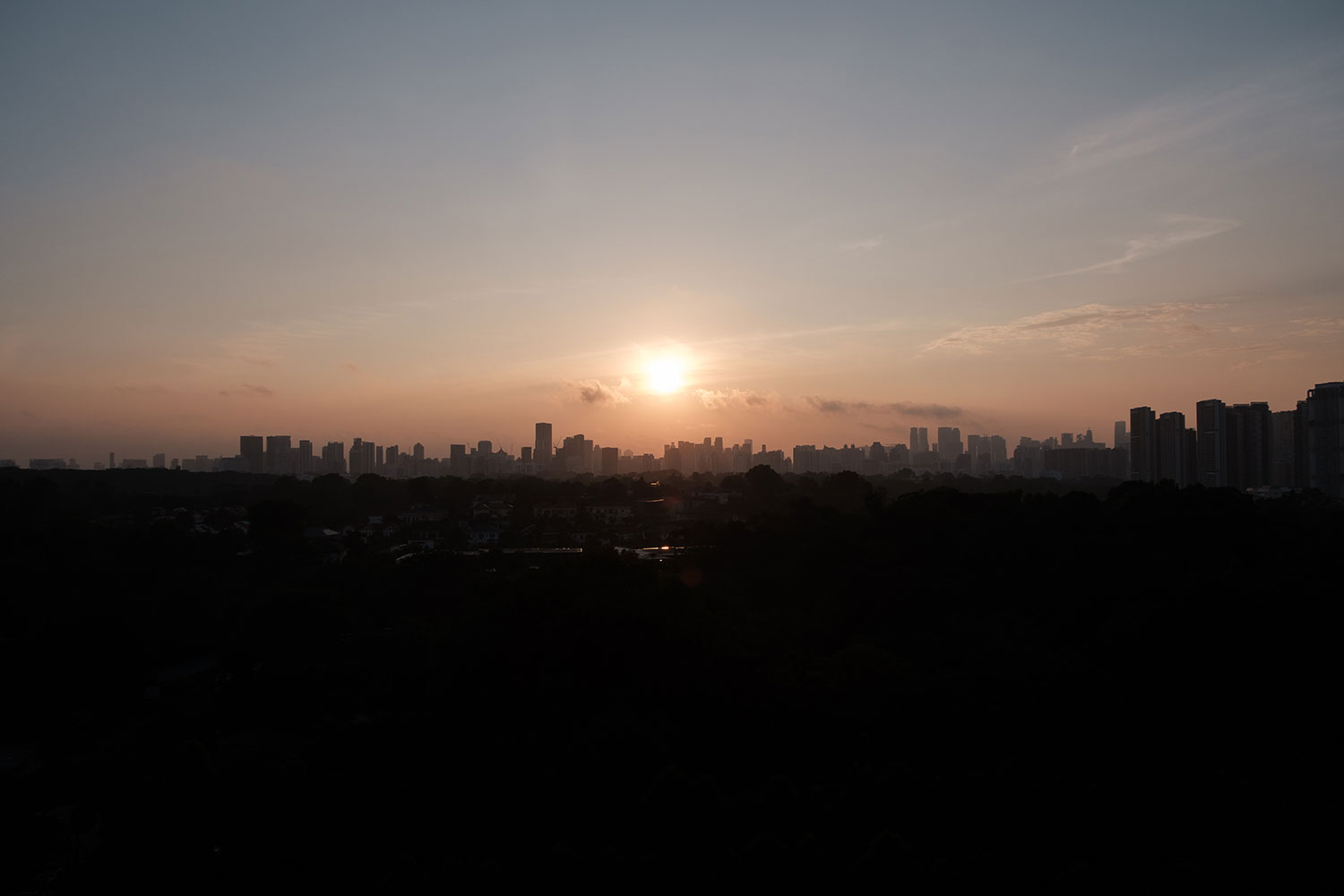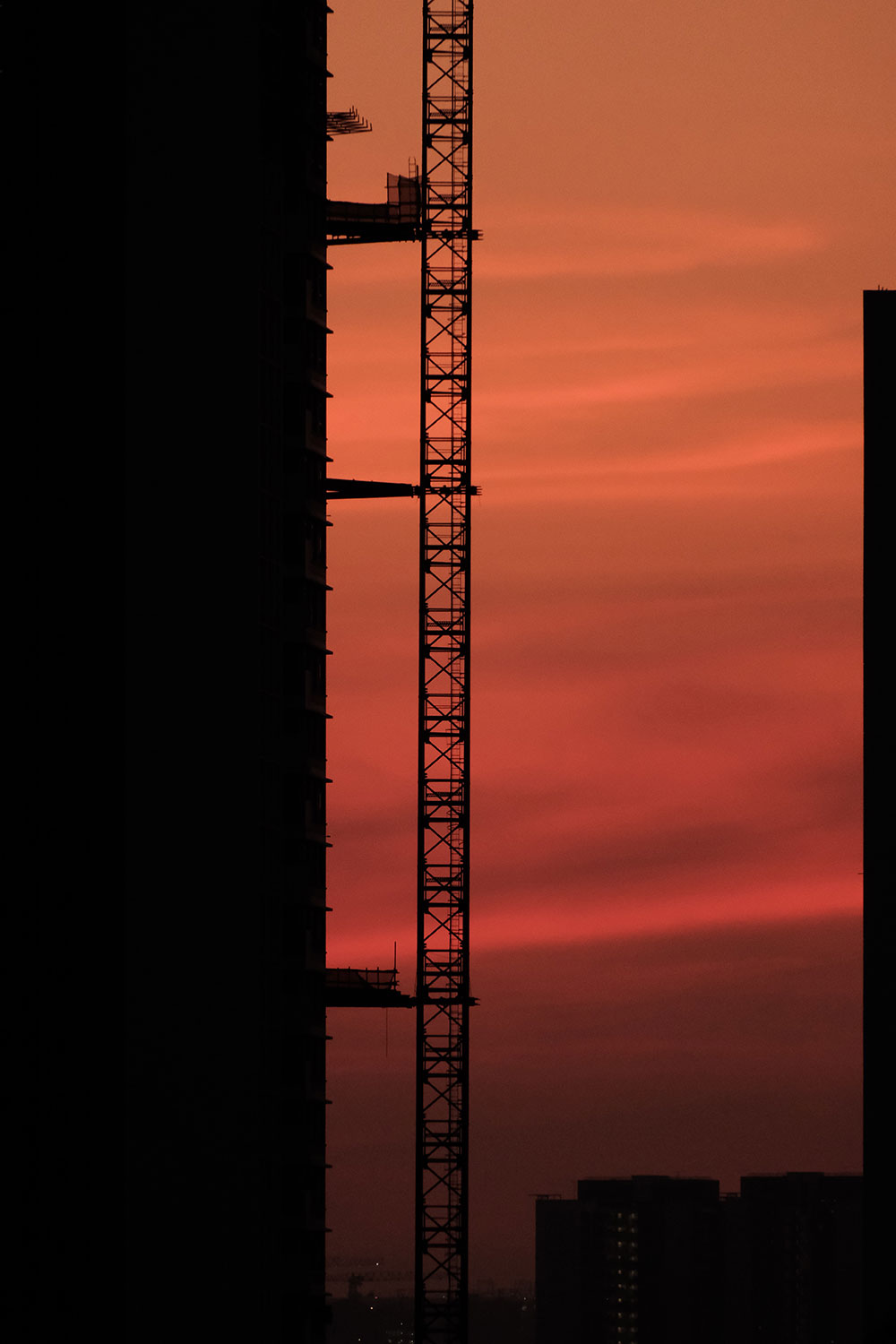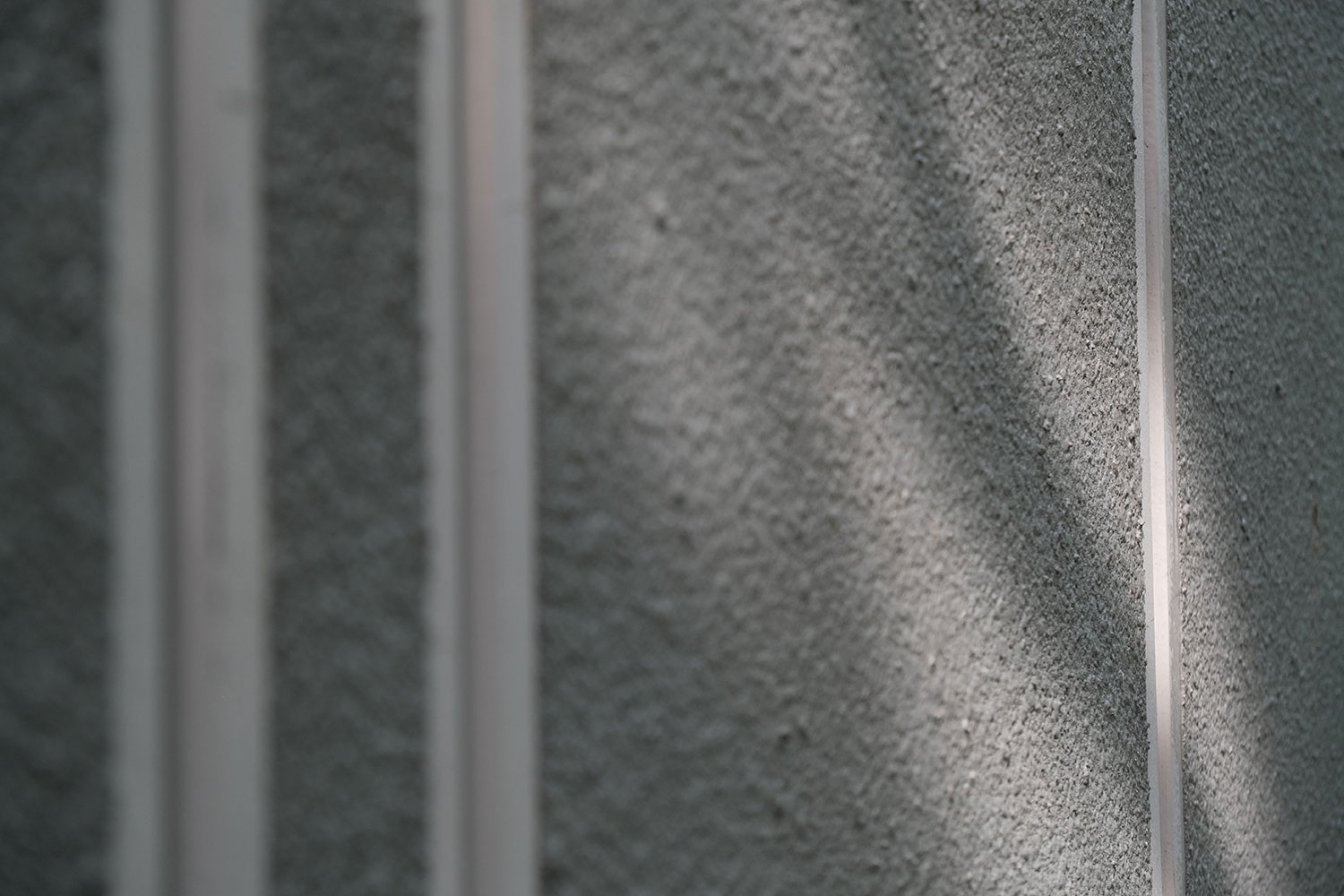Tamron 18-300mm: The best all-rounder lens?
Special thanks to Cles Distribution of Tamron Singapore for giving me the opportunity to loan the Tamron 18-300mm F3.5-6.3 Di III-A VC VXD (Model B061) for Fuji mount for a review. At the time of releasing this review, I have returned the loan unit to Cles Distribution.
Disclaimer:
1. All the shots shown here were taken by me.
2. Some shots are straight out of the camera, while others are edited via In-Camera Raw Processing and Adobe Lightroom Classic.
3. I reserve ownership of these images. If you wish to use my images, please notify me.
4. The opinions are based on my experience. If there is any mistake made, please kindly drop me a message and I will gladly make the amendment.
Before I start, I wish to highlight that this is a lengthy sharing session of my personal experience with this lens but not too much on the technical specifications. You may skip to the Conclusion if you wish to, or just browse the photos.
A Little History
Tamron has a long history of producing lenses, and they are the pioneer of producing high-ratio zoom lenses. The AF 28-200mm F3.8-5.6 was the first all-in-one zoom lens that was launched in 1992, and since then, Tamron has never stopped innovating and creating many “first” in the photography industry. In other words, Tamron is an expert in this field.
About The Lens
As the name of this lens has suggested, it is an ultra-zoom lens that features a 16.6x zoom ratio, besides having a focal length from 27mm to 450mm (full-frame equivalent). At 18mm focal length, this lens is capable of shooting at a Minimum Object Distance (MOD) of 15 cm with a maximum magnification ratio of 1:2 and MOD at 1 meter at the tele end with a maximum magnification ratio of 1:4. That is a pretty remarkable piece of engineering to me as I love to shoot close-ups a lot.
It is a plastic lens body with a metal rear mount bayonet. To be honest, the experience is not as good as the metal-constructed lenses, but it still feels solid and does not feel cheap on my hand. Rotating the zoom ring is smooth while giving you some little friction. Do note that when the lens zooms to 300mm, the physical length of the lens does extend to almost 3/4 times its original length.
Unlike most of the Fujifilm lenses, it does not come with an aperture ring, which means you have to control the aperture via the front command dial on the camera body. If you wish to purchase a filter to protect the lens’s front element, it has a 67mm thread, which is on the affordable side.
It weighs 620 grams, which is acceptable for an ultra-zoom lens. Only looking at the numbers, the lens seems to be heavy, but fear not, the weight distribution is evenly throughout the lens.
Image Quality
During the day, the image quality across all focal lengths is great. I am surprised that the images are decent and beyond my expectation. Of course, the image quality is not comparable to prime lenses but not too far behind from the shorter zoom ratio lenses. Different lenses are created for different purposes, so it is not a fair comparison if you are comparing it with other lenses directly.
RIGHT: Fuji X-T3 . Tamron 18-300mm @93.2mm . f/5 . 1/55″ . ISO 3200 . Classic Chrome
Also, I am not expecting creamy, nice, and beautiful bokeh produced by this lens, but the result is quite acceptable for me. It still does its job well for separating the subject from the foreground/background. The good thing about its bokeh is that it still produces smooth and nice fall-off, and it does not give harsh and disturbing background blur.
If someone is concerned whether the aperture at F6.3 for 300mm does not give a pleasing background bokeh, well, I think this has to depend on what genres you are shooting with. At least for my shoots, I think the bokeh is okay.
Focusing
Thanks to the VXD (Voice-coil eXtreme-torque Drive) linear motor focus mechanism, the focusing is pretty fast at all focal lengths and silent under sunlight. The focus is quite accurate at most focal lengths, but I do miss some shots at 300mm. I am wondering if it is due to the small aperture at 300mm.
As for dim lighting situations or nighttime, the focusing speed is noticeably reduced. At 18mm, the focusing speed is still not too bad. However, as the focal length increases, the focusing speed gets slower and more focus hunting is observed too. I think this is also due to the small aperture value at 300mm.
Optical Stabilization
This lens is equipped with Tamron’s proprietary VC (Vibration Compensation) image stabilization, which helps to compensate for unwanted camera movements, especially under low light situations. While the official statement does not indicate the number of f-stops the lens can deliver, I tested and managed to get decently sharp photos at 1/14 sec at 300mm. I think I can confirm that VC does work reasonably well under such a situation.
Minimum Object Distance
I have mentioned the MOD earlier. But what I want to mention here is how impressive the MOD is. If you want to shoot at 18mm, basically your lens is very close to the subject. It is surprisingly a fun perspective to shoot with.
RIGHT: Fuji X-T3 . Tamron 18-300mm @18mm . f/3.5 . 1/160″ . ISO 640 . Classic Chrome
Others
A soft vignetting is observed throughout the focal lengths, but it can be easily correctly via post-processing. Also, I noticed some softness at 300mm at F6.3 for some shots, but it gets slightly better if the aperture is lower to F8 onwards.
RIGHT: Fuji X-E4 . Tamron 18-300mm @300mm . f/6.3 . 1/450″ . ISO 160 . Classic Negative
RIGHT: Fuji X-E4 . Tamron 18-300mm @300mm . f/8 . 1/680″ . ISO 160 . Classic Negative
RIGHT: Fuji X-T3 . Tamron 18-300mm @300mm . f/8 . 1/220″ . ISO 160 . Classic Negative
Both shots are taken at the same spot as the previous photo
This lens comes with a Zoom Lock switch where it locks the zoom ring at 18mm and prevents the lens from creeping due to the weight of the lens while on the move. This mechanical switch is common among all long barrel lenses, and I am glad that the Tamron engineers included it in this lens as well.
Another thing that I like about this lens and I think it is worth mentioning. If I want to change the focal length from 18mm to 300mm, all it takes is to rotate the zoom ring 45°, and I have arrived at 300mm.
RIGHT: Fuji X-T3 . Tamron 18-300mm @59.9mm . f/4.5 . 1/240″ . ISO 160 . Classic Chrome
Who is this lens for?
This lens is actually quite versatile, and it’s a great lens in its class. If the image quality is not much of a concern, this lens basically can shoot anything under sunlight.
This lens also gives a good focal length for a photographer who is exploring different kinds of genres without breaking his wallet. If a photographer wants to travel light for his overseas trip, this is one good option too. Besides, if the photographer wants to do a simple product shoot with budget studio lights, this lens is capable of it too.
RIGHT: Fuji X-T3 . Tamron 18-300mm @100.6mm . f/5.6 . 1/45″ . ISO 3200 . Classic Chrome
Conclusion
This is Tamron very first lens for Fujifilm users, and I think this is a wise choice to start off with. That’s because Fujifilm does not have this level of the all-in-one zoom lens in its lens lineup. The closest that Fujifilm has is the 18-135mm, and it is nowhere near what Tamron has to offer. Not only that, it is selling at USD 699 (SGD 1088). With such competitive pricing, I think it will attract lots of interested photographers.
In my own words
Frankly speaking, I am excited to see more and more 3rd party manufacturers stepping into the Fujifilm X-system. Not only this gives Fuji users a wider variety of lenses to choose from, but it also provides healthy competition with other APS-C manufacturers.
Thank you for reading.
RIGHT: Fuji X-T3 . Tamron 18-300mm @300mm . f/6.3 . 1/75″ . ISO 400 . Classic Chrome

Alwin is a 37 years old engineer, husband and Fujifilm fanboy from Singapore. His first encounter with Fujifilm was the launch of the X10 in 2012. It was love at first sight. It was a joyful compact camera and it also introduced film simulations to him. But what brought him deep into Fujifilm was the X-T2 and the love grows further. He loves to experience and discover many genres.






















































Albert Smith
November 11, 2021 @ 4:08 pm
Thanks for doing this, Alwin. Couple of questions:
Does it appear than in-camera corrections for barrel and pincushion distortion are happening with this lens, or is that beyond the capability of the licensing of the mount.
Is there any vacuuming effect while zooming, which can draw dust into the sensor?
I never went for do-it-all zooms, but I keep an old X-T2 in my car, just in case. This could be a good contingency lens for that.
Alwin Kok
November 15, 2021 @ 6:26 am
Hi Albert,
I afraid I am unable to provide the technical part for the first question like whether is it beyond the capability of the licensing of the mount.
As for the second one,
Keith
November 14, 2021 @ 1:58 pm
I see on the Tamron web page they don’t mention compatibility with the X-E2. Do you know if this lens will work on the X-E2?
Alwin Kok
November 15, 2021 @ 6:22 am
Hi Keith, it should works since it is meant for x-mount cameras. If possible, you may consider to bring your camera down to your retailer to give it a try.
Jaccko
November 17, 2021 @ 9:33 am
Dear Alwin
Beautiful photos – One thing, when you test some lenses it will be much much better to deliver (after click) full size Soc files, not 1000×1500 (which you can get sharp from the worst lens – then your test is useless – like promo material from Tamron). If your blog engine has no such option to put full size SoC images, then put on bottom link to download zip with full size SoC photos (for ex. from Google Disk)
Alwin Kok
November 17, 2021 @ 10:25 am
Hi Jaccko,
Thank you so much for your feedback but this is beyond my capability as this blog is running by the team from Fuji X Passion. If you have any specific photos, drop me a DM in IG, I can share it with you.
Robin
December 5, 2021 @ 8:33 am
Hi !
Thank you for the report, it’s very instructive !
If you have to compare this lens with de Fuji 18-135mm, which would be the best for street and travel?
Enjoy your day
Robin
France
Alwin Kok
December 13, 2021 @ 4:47 am
Hi Robin,
I do not have the 18-135mm but for street photography, prime lens is always my preferred preference. If you are looking for one lens for travel, this Tamron 18-300 should be the best option.
roberto
January 13, 2022 @ 7:15 pm
Buona sera e grazie per la recensione.
Quando parli di messa a fuocoin notturna, dici che cala notevolmente. Quanto influisce? Quanti scatti non sei riuscito a fare? C’è veramente il rischio che facendo foto notturne, e parlo di viaggi, tipo street non risci a fotografare?
Il mio sito web è in costruzione
Grazie
Alwin Kok
March 3, 2022 @ 8:24 am
Hi Roberto,
Pardon for the late reply. The focusing lock at night definitely not fast and the chances of missing shots eventually increase as well. I have quite a fair amount of missed shots for night so I suggest it is better to get a prime lens for night. My preferred prime lens are XF23mm f1.4 WR and the XF33mm f1.4. Both works well for my night shots.
Mike
February 27, 2022 @ 12:34 pm
Hi
Great review very comprehensive
You mentioned that the images are softer at 300mm, if possible I would like to have a really close look at images shot at 18mm 100mm 200mm and 300mm for comparison. Do you have any full size images I could download?
Alwin Kok
March 3, 2022 @ 8:29 am
Hi Mike,
Can you share with me which photo you are looking for? DM me in IG so that I can share with you the link to download.
Michel van Lint
March 2, 2022 @ 7:23 pm
I am heading to Scotland for a photography trip in August. This seemed like a lens that could help limit lens swaps out in the field and resistant to rain as well.
Do you think it would perform well for landscapes (Cairngorms; X-T2)?
Alwin Kok
March 3, 2022 @ 8:35 am
Hi Michel,
X-T2 is definitely a good camera to go with. As for Tamron 18-300mm, if you are acceptable with it’s image quality, I think it should works fine with landscapes shots. I will suggest if you have the opportunity to loan it, try it out and then you decide if it meet your standards.
Ciuret
April 8, 2022 @ 9:51 am
Hola! Muchísimas gracias por la reseña, tengo una XT3 y estoy entre este objetivo y el 18-135, no necesito una gran distancia focal pero si la tengo mejor, pero me preocupa perder mucha calidad. Si de calidad son más o menos me quedaria con el 18-135, puedes ayudarme?
Mil gracias!!
Ciuret
April 8, 2022 @ 9:56 am
Perdón, quería decir que a misma calidad me quedaria con el 18-300.
Gracias!
George
April 21, 2022 @ 12:47 pm
Thank you for detailed review. Would you turn off IS on Fuji xs10 and let VC of lens take over or leave IS on in camera also ? Thank you.
George.
Alwin Kok
April 25, 2022 @ 11:24 am
Hi George, I does not have X-S10 with me and I used X-T3, which is non-IBIS camera, in this review.
Paul
April 28, 2022 @ 10:41 pm
George, I have the Tamron lens and the X-S10. The camera stabilization set to IS Mode 1 is significantly more effective than relying only on the lens VC capability. On the X-S10, the Tamron VC seems minimally effective when the IS Mode is set to Off. Maybe there is something about the X-S10 that limits the effectiveness if the lens VC alone. When you set the X-S10 IS Mode to 1, stabilization is really quite remarkable, even at 300mm.
Paul
April 30, 2022 @ 4:20 pm
Maybe I should clarify, when the IBIS in the X-S10 is turned off, the VC definitely works better than not having any stabilization. My intent was to say, no reason to do that on the X-S10 as the IBIS on Mode 1 is much better than using only the Tamron VC with camera IBIS off. In case there is some question, the Tamron does NOT have an on/off option for VC. It is always “on” in the lens. I would imagine using it on a Fuji camera without IBIS (e.g. X-T20, X-E3, etc) would be a big difference than not having in lens VC.